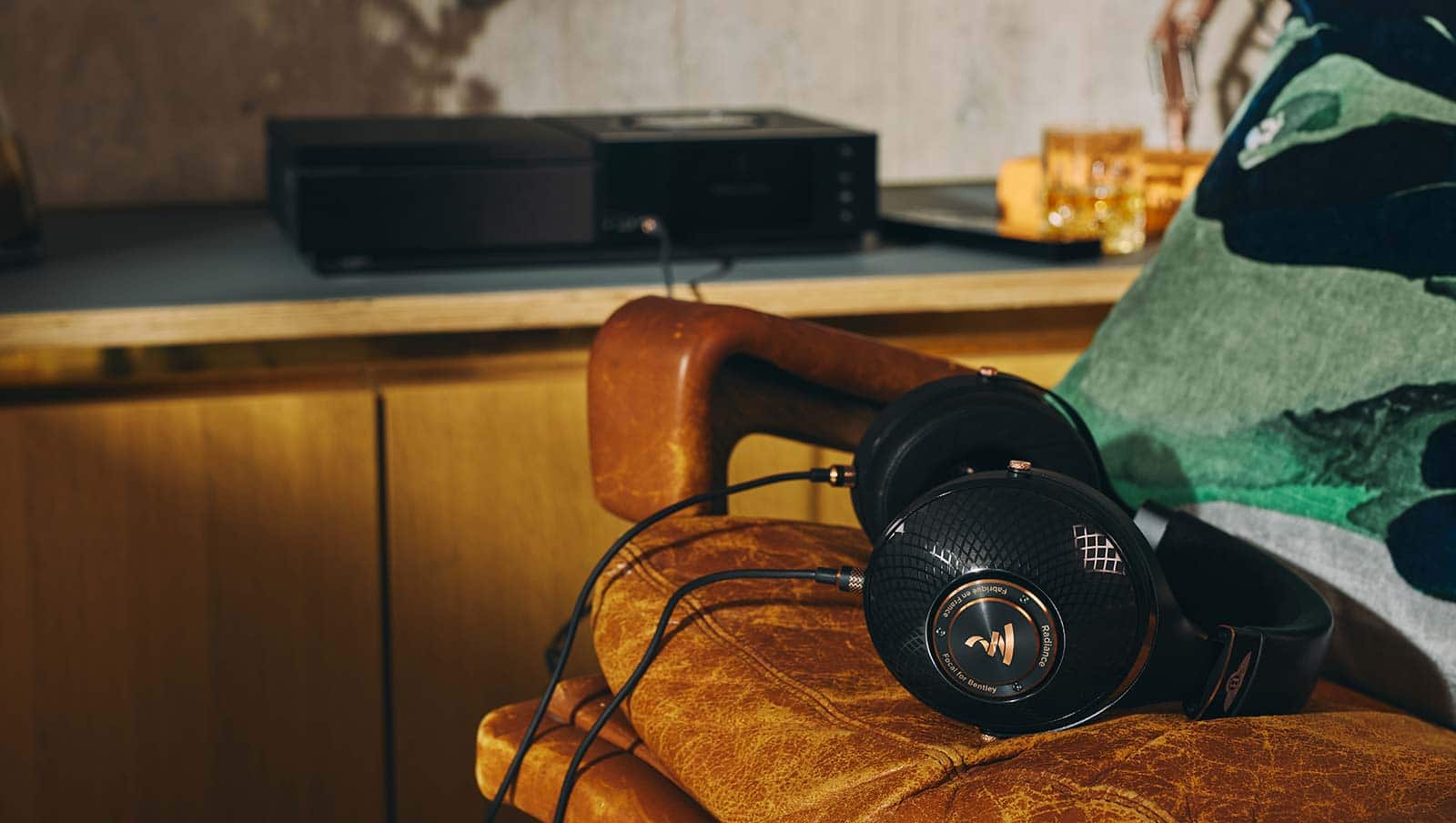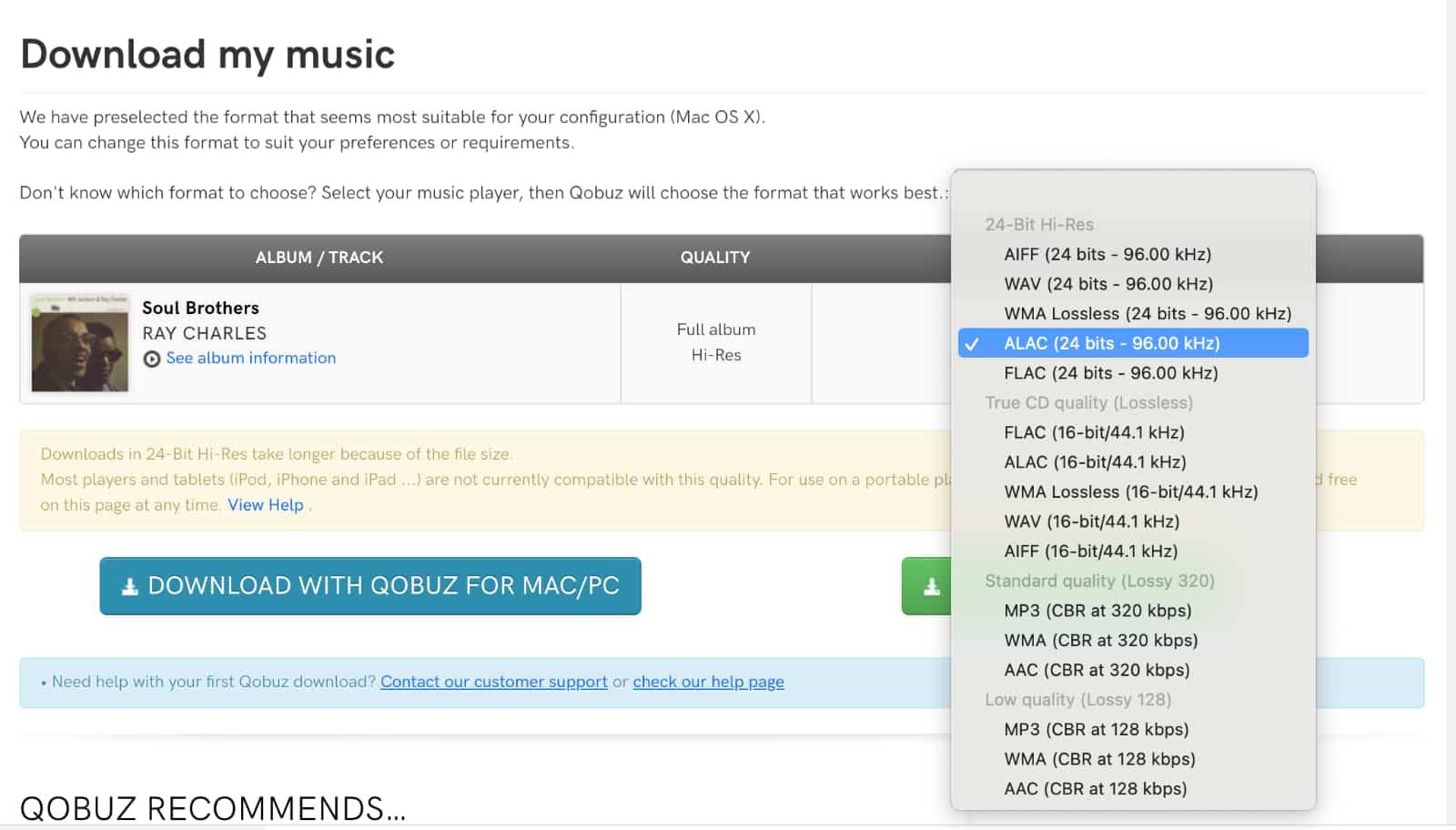If you’re an audiophile with a love for high-res sound, you know it’s not easy to find the stuff locally. Fortunately, that appears to be changing.
Vinyl might be a little more common these days, but there’s a part of the market that is sorely lacking in the ability to buy the stuff: high-res digital audio.
Touted by Sony and various headphone and speaker makers for quite some time, the “Hi-Res Audio” logo has become synonymous with the idea that the device you buy can play back audio from a higher quality level, but that’s not the problem. No, finding the stuff to play in Australia has not been easy.
It’s a problem we’ve written about before, so much so that finding high-res audio in Australia isn’t an easy situation, often forcing buyers to change their Australian dollars to a purchase in US dollars, because most of the buyers are overseas. Unfortunately, not all of these players will let Aussies have a hand in high-res, either.
Up until April, there has been only one major player in the high-res purchase space, with the local equivalent of 7digital, Zdigital, providing lossless audio for those who wanted it, though in truth, the catalogue of music seems to have languished with virtually no updates in the months prior. Take a quick look at Zdigital’s page, and you might feel let down: it seems like nothing is happening there, and is rather like walking into an electronics store still touting the awesomeness that is VHS, if any is to be found.
But in April, something changed: Australia had a new high-res provider, as Qobuz launched.
Overseas, Qobuz has been a streaming service not unlike Tidal HiFi, offering lossless audio for folks who want to stream it. That might be to an iPhone, an Android phone (of which many support some element of high-res), or even one of those specialised high-res media players like the Astell & Kern SR25. However, Qobuz has also offered something else: a storefront to purchase high-res audio.
And at its Australian launch, Qobuz is also offering the same here, providing yet another place to buy high-res audio from. How does it stack up against the competition?
How does Qobuz compare to high-res purchases in Australia?
Locally, there’s not been a whole heap of choices for Australians keen to buy high-res sound, and so options like Tidal HiFi have made a lot of sense. Granted, the service is streaming, but Tidal HiFi allows you to stream and download music as high as 24-bit 96kHz, which is almost as good as high-res can typically be.
But like Spotify, you have to keep paying for the service in order to get it. If you wanted to buy the high-res audio, finding it often saw you out of luck, with only a handful of stores to choose from.
With Qobuz launching its online lossless store in Australia, though, there’s another choice, so how does it compare against the two Australians could use, HDTracks and Zdigital?
For that, we’re comparing a few albums to find out which comes out on top, looking at Dexter Gordon, David Bowie, Dua Lipa, Daft Punk, and Herbie Hancock. (We almost settled on five artists beginning with D, but threw in Herbie Hancock because why not.)
So let’s start with the jazz, because high-res jazz is typically easy to find everywhere. Much of what’s out there in the high-res world is jazz, so everyone should have it.
With Herbie Hancock’s “Maiden Voyage”, we’re ideally looking for the 24-bit 192kHz version, which Qobuz offers for $12.49 in Australia (left) and HDTracks has for $24.98 USD (right). In the middle, Zdigital offers the 96kHz version for $32.49 AUD. Qobuz wins this round, and offers a discount for Sublime subscribers.
Next is Dexter Gordon, and again, we’re looking at the 192kHz version, which Zdigital doesn’t offer. Instead, it offers a 96kHz version for $32.49 AUD (middle), while HDTracks sells the same for $24.98 USD (right) and Qobuz beats both with the 192kHz for $13.49 AUD (left).
Moving on from jazz, let’s hit up some of the more popular music styles, starting with David Bowie.
David Bowie’s “Let’s Dance” offers a 192kHz version of HDTracks for $23.98 USD (right) which Zdigital also offers for $19.49 AUD (middle), but Qobuz can’t match it. Rather, the local release from Qobuz is $17.49 AUD (left) and maxes out at 96kHz, it seems.
There’s a bit of a difference in pop and modern releases, too.
Dua Lipa shows a 48kHz 24-bit release in the US over at HDTracks for $18.48 USD (right), while Qobuz shows a high-res 44.1kHz — which we don’t think is that high for a less impressive $28.29 AUD (left). And over at Zdigital, it has no idea what a 24-bit release for Dua Lipa’s “Future Nostalgia” (middle).
That adds to that feeling we have where Zdigital has been lacking of late, and it doesn’t improve if you do a Daft search.

Meanwhile, Zdigital is a bit of a let down, and has no idea what the album is, not listing it on its service in either 16-bit or 24-bit. That’s just daft.
Purchasing an album on Qobuz offers a variety of download options, with FLAC, ALAC, WAV, and AIFF, others, with the ability to download without needing to install software.
Locally, it seems Qobuz may actually end up being one of the better choices for audiophiles keen to buy, and the company has also factored in purchases as part of its “sublime” service plan, which costs a little more for the high-res streaming service, but provides small discounts on purchases for the life of the plan itself.
In essence, Qobuz Sublime caters to people who want to listen and test the high-res purchases they intend to later on buy, giving them a discount for the privilege.
Even without that, though, it’s clear Qobuz is adding to the high-res music stores in Australia, which are pretty limited all the same.
Qobuz’s purchase-based platform won’t be for everyone, and we’re reviewing Qobuz’s digital service at the moment, but if you’re someone who buys high-res media on the regular in Australia, you’ll want to check out what it has to offer.











